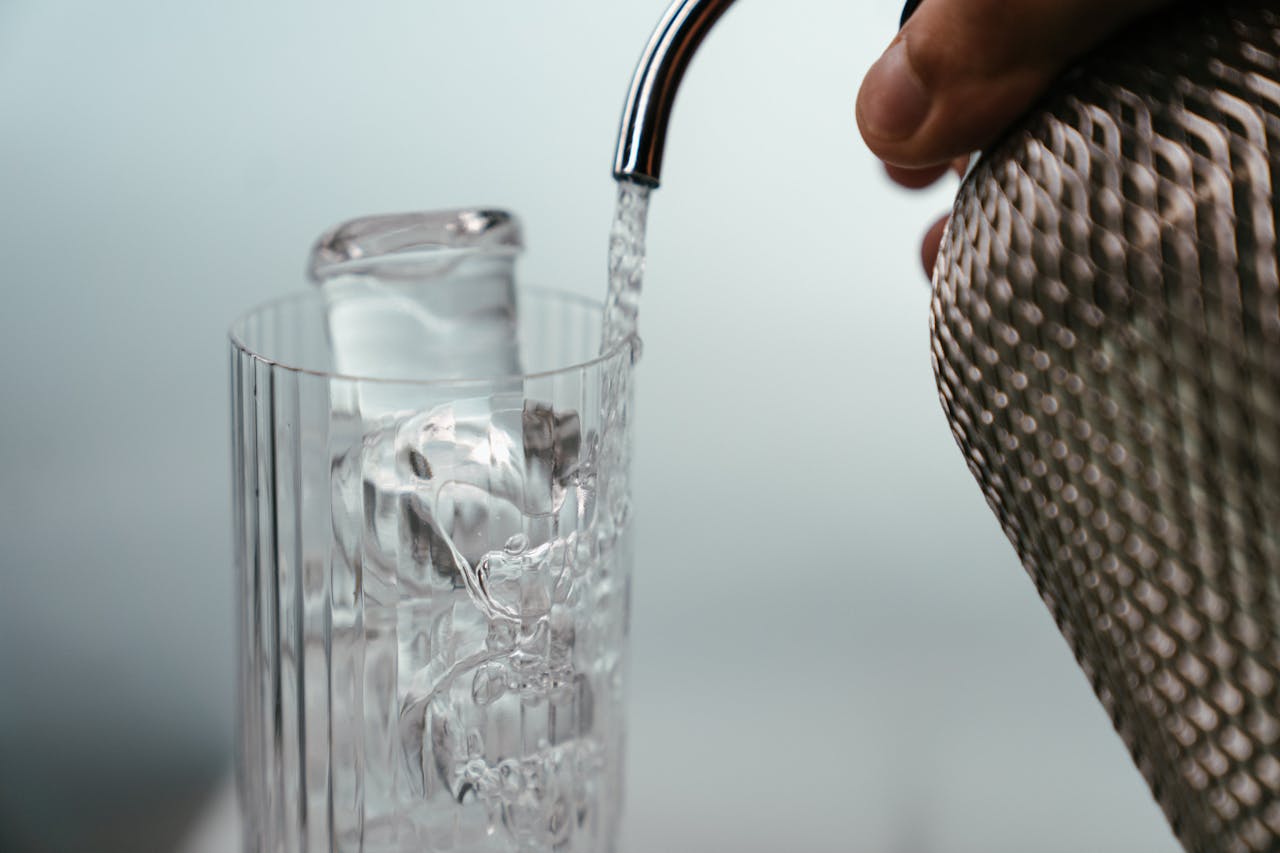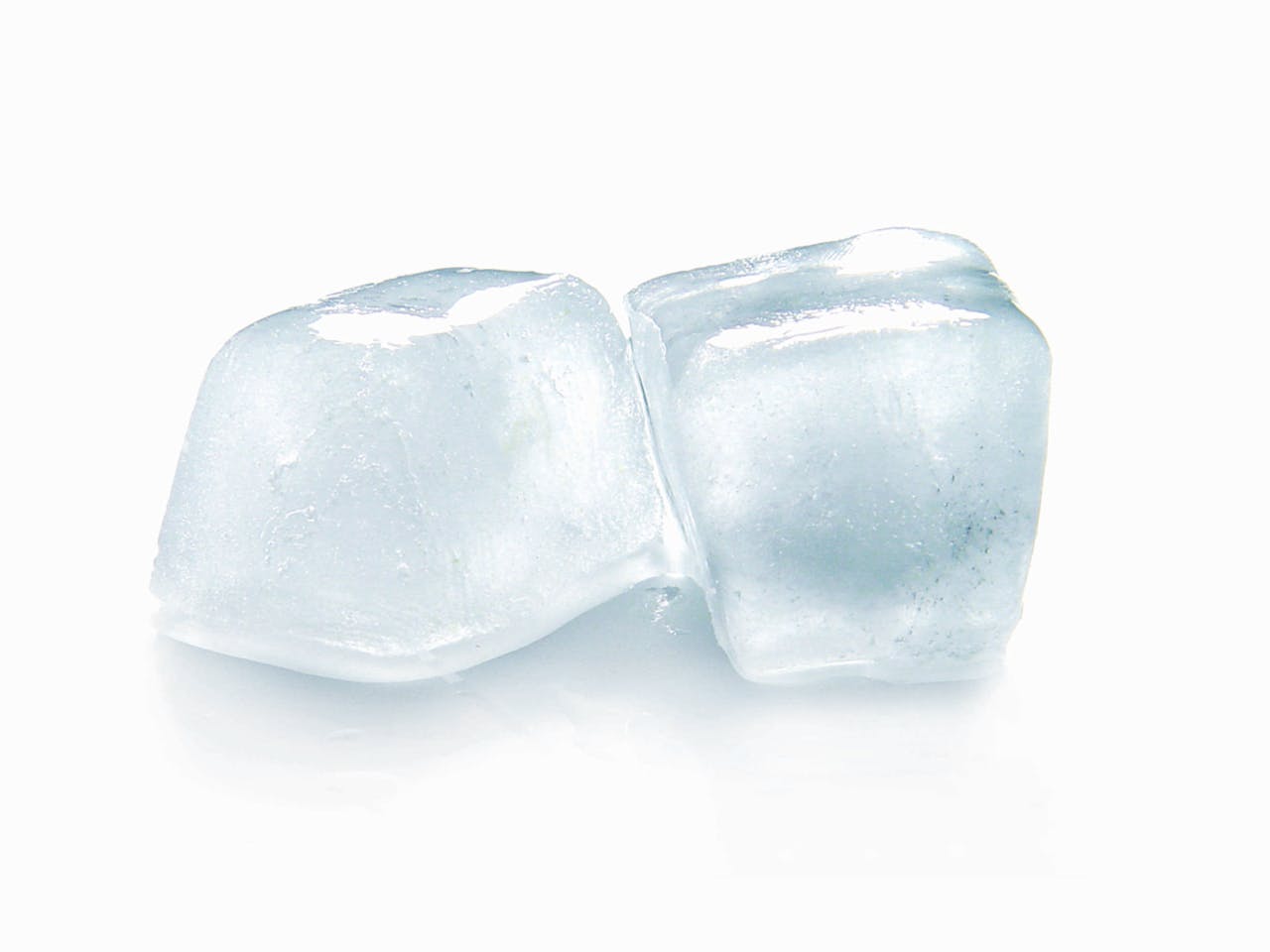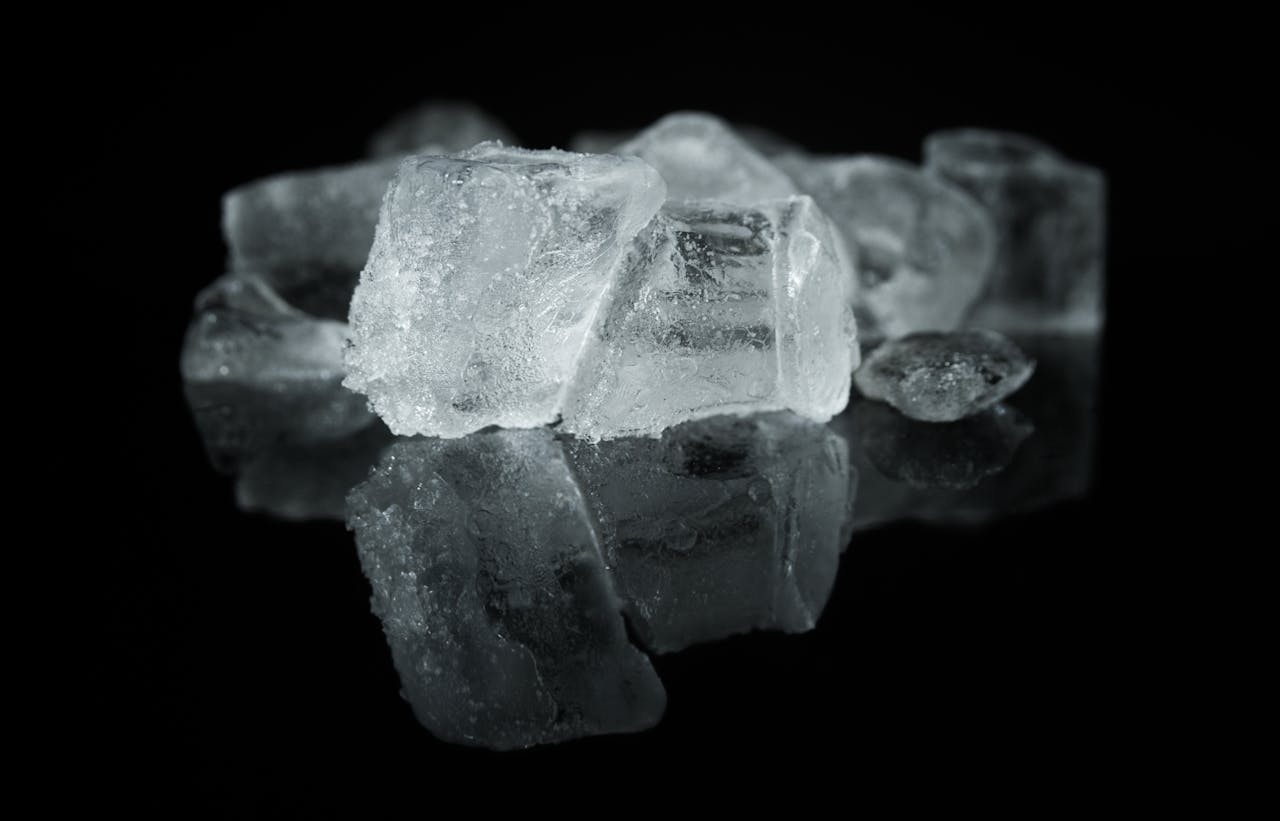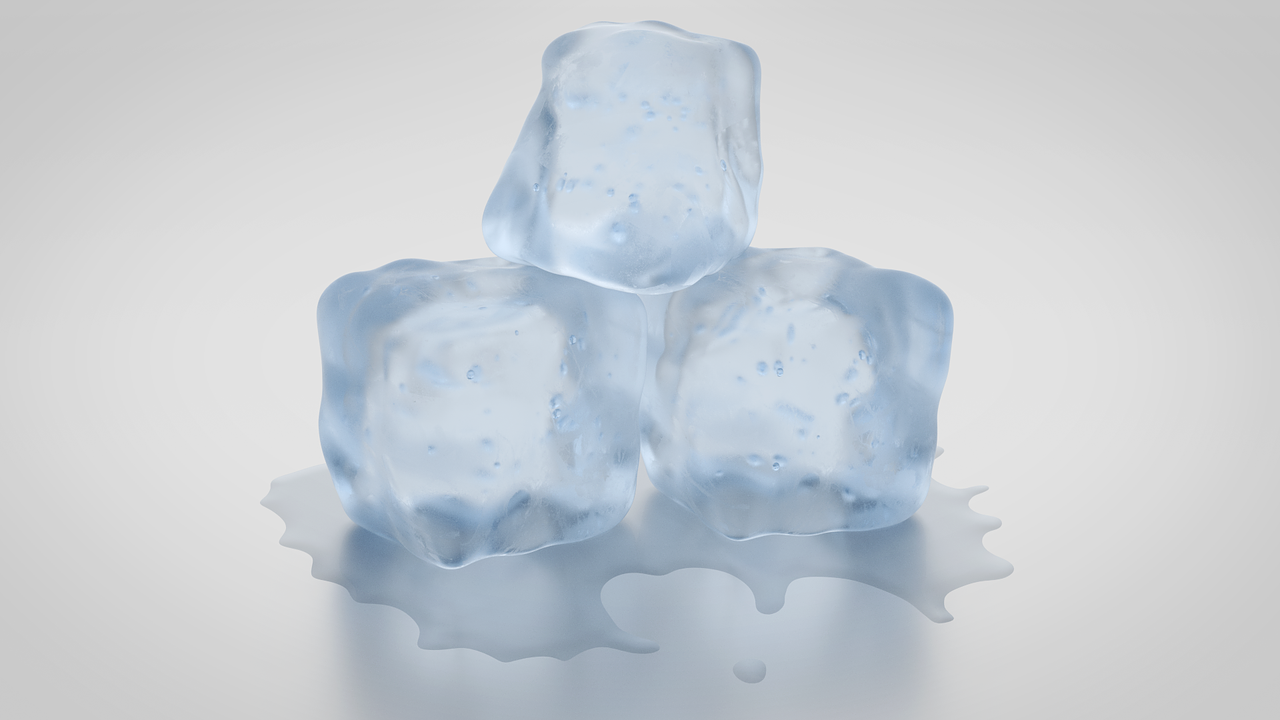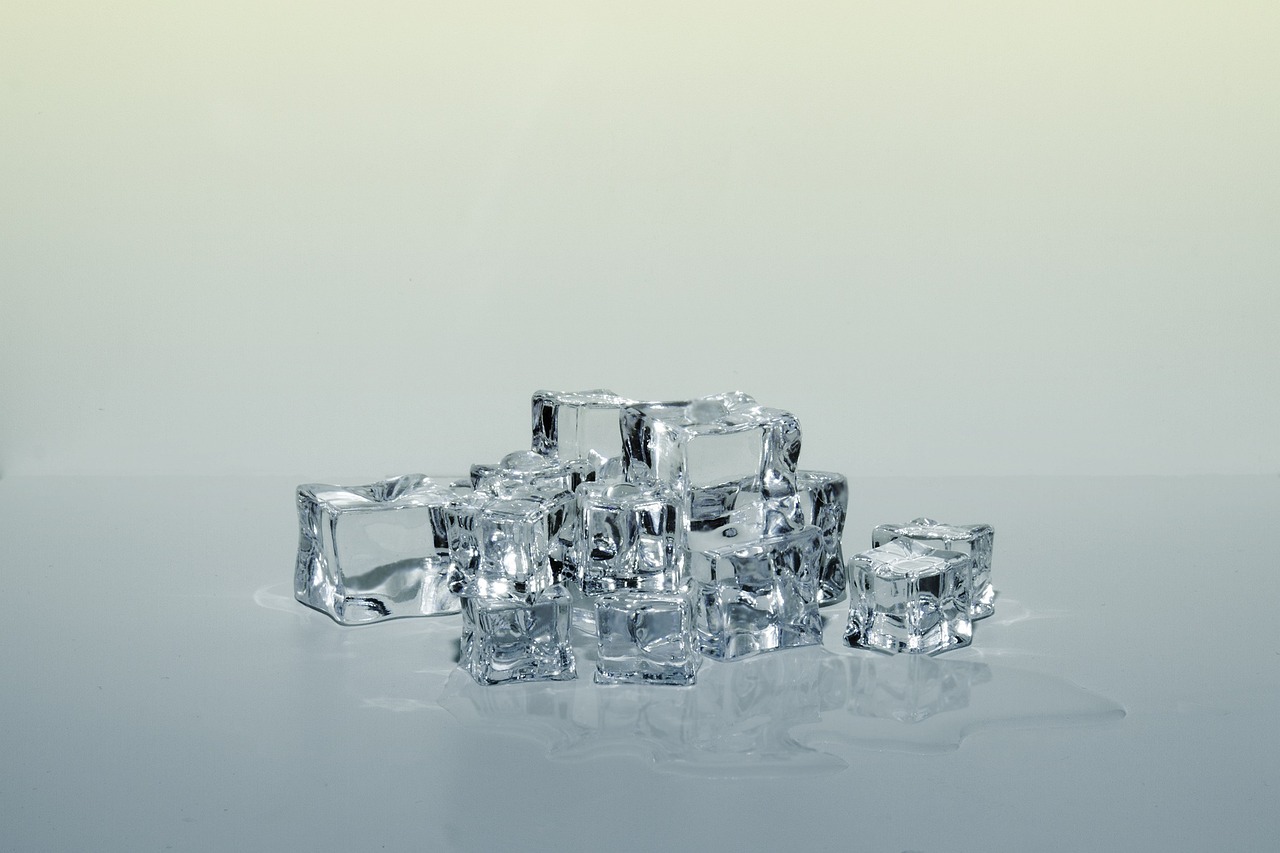An oven is an essential appliance in any kitchen, pivotal for baking, roasting, and numerous cooking tasks. However, an oven door that won’t close properly can severely impact its efficiency, safety, and cooking outcomes. Understanding the hidden issues behind this problem can help you troubleshoot and resolve it effectively. Here are ten common but often overlooked reasons why your oven door might not be closing as it should.
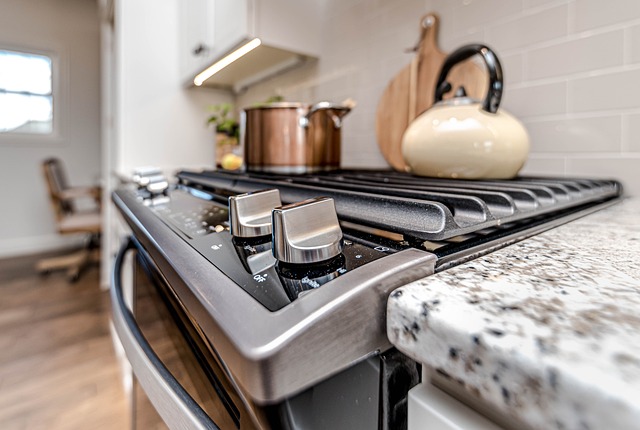
1. Misaligned Door Hinges
One of the most common reasons for an oven door not closing properly is misaligned door hinges. Over time, hinges can become loose or bent due to regular use, causing the door to hang unevenly. This misalignment prevents the door from sealing shut properly, leading to heat loss and inefficient cooking.
Causes Of Misaligned Door Hinges
- Wear And Tear: Over time, the repeated opening and closing of the oven door can cause the hinges to wear down. This wear can lead to looseness or slight bending, which affects the alignment of the door.
- Improper Handling: Slamming the oven door or using excessive force can cause the hinges to bend or become misaligned. This is especially common in households with heavy usage or where the oven door is frequently opened and closed.
- Accidental Damage: Accidents such as hitting the door with a heavy object or dropping something on it can cause the hinges to shift or bend.
Solution
Check the hinges for any signs of wear or damage. Tighten any loose screws or bolts. If the hinges are bent, they may need to be replaced. It’s often advisable to consult your oven’s user manual for specific instructions or contact a professional for hinge replacement
2. Worn Out Door Gasket
The door gasket is a rubber or silicone seal that lines the perimeter of the oven door, ensuring a tight seal when the door is closed. A worn-out gasket can lead to heat loss, longer cooking times, and uneven cooking, making it essential to address this issue promptly.
Causes of a Worn-Out Door Gasket
- Aging: Over time, the material of the gasket can deteriorate due to constant exposure to high temperatures and the natural wear and tear of regular use.
- Frequent Use: Heavy and frequent use of the oven accelerates the wear on the gasket. The more the oven door is opened and closed, the faster the gasket will degrade.
- Exposure to Cleaning Chemicals: Some harsh cleaning chemicals can damage the gasket material, causing it to crack or break down faster than normal.
Solution
Once you’ve determined that the door gasket is worn out, you can refer to your oven’s user manual to find the exact model number and type of gasket you need. You can purchase a replacement from the manufacturer or an authorized dealer. Carefully pull the old gasket out of its groove. In some models, the gasket might be held in place by clips or screws. Use a screwdriver if necessary to remove these fasteners.
3. Latch Problems Of An Oven
The latch mechanism is a critical component of an oven door, ensuring it stays securely closed during cooking. A faulty latch can lead to numerous problems, including heat loss, safety hazards, and uneven cooking. Understanding the common issues with oven latches, how to diagnose them, and the steps to fix these problems can help maintain the efficiency and safety of your oven.
Causes Of Latch Problem
- Mechanical Damage: Accidental damage, such as slamming the door shut or forcing it open, can bend or break the latch.
- Build-Up of Residue: Grease, food particles, and other debris can accumulate around the latch, causing it to stick or malfunction.
- Broken Components: Internal components of the latch mechanism, such as springs or hooks, can break or become misaligned, preventing the latch from engaging properly.
- Improper Installation: If the oven door or latch is not installed correctly, it might not align properly, leading to latch problems.
Solution
Once you’ve identified the issue with your oven latch, use a damp cloth and a mild detergent to clean around the latch and strike plate. Remove any grease, food particles, or other debris that might be causing the latch to stick.
If the latch is misaligned, you may be able to adjust it. Loosen the screws holding the latch or strike plate and reposition them until the latch engages properly. Tighten the screws securely after making adjustments.
4. Faulty Door Springs
Oven doors often rely on springs to assist in opening and closing. If these springs become stretched or broken, the door might not close completely.
Oven door springs are tensioned components that help counterbalance the weight of the door, making it easier to open and close. They are typically located on the sides of the oven door or inside the oven’s body, connected to the door via cables or hinges. Properly functioning springs ensure that the door remains balanced and securely closed when needed.
Causes Of Faulty Door Springs
- Corrosion: Exposure to moisture and high temperatures can cause the metal springs to rust and corrode, compromising their strength and flexibility.
- Material Defects: Manufacturing defects in the spring material can cause premature failure. This is less common but can occur with lower-quality components.
- Difficulty Opening or Closing: The door feels heavy, requires more effort to open or close, or doesn’t stay in place when opened.
Solutions For Faulty Door Springs
Once you’ve identified faulty door springs, ensure the oven is unplugged and completely cool to avoid electrical shocks or burns. Depending on your oven model, you may need to remove the oven door to access the springs. Follow the instructions in the user manual for safely removing the door. Test the door’s movement to ensure the new springs are functioning correctly and the door operates smoothly.
5. Obstruction In The Door Path
Obstructions in the door path of an oven can cause significant issues, such as the door not closing properly, uneven cooking, and even potential safety hazards. Identifying and addressing these obstructions is crucial to maintaining the efficiency and safety of your oven.
Causes Of Obstructions
- Food Debris: Over time, food particles, crumbs, and grease can accumulate around the door frame, hinges, and gasket. These build-ups can prevent the door from closing properly.
- Warped or Damaged Components: Warped or damaged oven racks, door seals, or internal panels can cause misalignment, leading to obstructions.
- Foreign Objects: Small items such as pieces of packaging, cooking tools, or other foreign objects can accidentally get lodged in the door path.
Solution
Carefully inspect the area around the oven door for any obstructions. Clean away any debris and ensure that no items are preventing the door from closing fully. Regular cleaning can help prevent this issue from recurring. Carefully remove any foreign objects or items lodged in the door path or hinges. Be thorough in your inspection to ensure no small items are missed.
6. Warped Door Or Frame
A warped oven door or frame can lead to significant problems, including improper sealing, heat loss, uneven cooking, and potential safety hazards. Understanding the causes, symptoms, and solutions for a warped oven door or frame is essential for maintaining the efficiency and safety of your appliance. This comprehensive guide explores the various aspects of dealing with a warped oven door or frame.
Causes Of A Warped Door Or Frame
- Heat Exposure: Continuous exposure to high temperatures can cause the metal components of the oven door or frame to expand and contract, leading to warping over time.
- Physical Impact: Accidental impacts, such as slamming the oven door shut or dropping heavy objects on it, can bend or warp the door or frame.
- Manufacturing Defects: Defects during the manufacturing process can result in a door or frame that is not perfectly straight or that warps more easily under heat. guidelines will help maintain the door’s functionality over time.
Solution
Ensure that the door handle is securely attached. Tighten any loose screws or bolts. If the handle is broken, it may need to be replaced. Refer to the user manual for specific instructions on how to replace the door handle. For significant warping or if you’re unsure how to proceed, it’s best to call a professional technician. They can assess the extent of the damage and recommend appropriate repairs or replacements.
7. Loose Or Missing Screws And Bolts
Loose or missing screws and bolts in an oven can lead to a range of issues, from minor inconveniences to significant safety hazards. Understanding the role these fasteners play, how to identify problems, and the steps to resolve them can help maintain your oven’s performance and safety.
Causes Of Loose or Missing Screws And Bolts
- Vibration and Movement: Regular use of the oven, including opening and closing the door, can cause screws and bolts to loosen over time due to vibration and movement.
- Thermal Expansion and Contraction: Repeated heating and cooling cycles can cause metal screws and bolts to expand and contract, leading to loosening.
- Accidental Damage: Accidental impacts or improper handling can cause screws and bolts to loosen or go missing.
Solutions
Regularly check all screws and bolts on the oven door and tighten any that are loose. Replace any missing screws with the appropriate size and type as specified in your oven’s user manual. Ensure all panels and internal components are securely fastened. This may involve removing some panels to access internal screws and bolts. For complex issues or if you’re not comfortable performing these repairs, consider calling a professional technician. They can ensure all fasteners are correctly tightened and in place.
8. Issues With The Door Handle
The door handle of an oven is a critical component that allows you to safely and efficiently open and close the oven door. Issues with the door handle can lead to difficulties in operation, reduced efficiency, and even safety hazards.
Causes Of Door Handle Issues
- Accidental Damage: Dropping heavy objects on the handle or using excessive force can lead to breakage or loosening.
- Inferior Materials: Handles made from lower-quality materials may not withstand the repeated heating and cooling cycles, leading to faster degradation.
- Corrosion: Exposure to moisture and cleaning chemicals can cause metal screws and bolts to rust, leading to weakening and potential failure.
Solutions
Ensure that the door handle is securely attached. Tighten any loose screws or bolts. If the handle is broken, it may need to be replaced. Periodically check the handle and its fasteners for signs of wear or damage, and address any issues promptly. If the handle is cracked, broken, or severely worn, consider replacing it. Purchase a replacement handle that is compatible with your oven model.
9. Incorrect Installation
Incorrect installation of an oven can lead to numerous issues, ranging from inefficiency and performance problems to significant safety hazards. Ensuring that an oven is properly installed is crucial for its optimal functioning and safety. This comprehensive guide explores the causes, symptoms, diagnosis, and solutions for problems arising from the incorrect installation of an oven.
Common Causes Of Incorrect Installation
- Lack of Professional Installation: DIY installations or installations by unqualified individuals can lead to mistakes and oversights.
- Improper Measurements: Incorrect measurements of the kitchen space can result in improper fitting of the oven.
- Inadequate Ventilation: Not providing sufficient ventilation can lead to overheating and inefficient performance.
Solution
Verify that the oven is installed according to the manufacturer’s specifications. Ensure it is level and properly positioned in the cabinetry. Ensure all screws, brackets, and fasteners are properly tightened to secure the oven in place. Adjust the leveling feet if necessary, or consult a professional installer to correct any installation issues.
10. Thermal expansion
It refers to the tendency of materials to change in volume in response to temperature changes. When materials are heated, their particles move more vigorously, causing the material to expand. Conversely, cooling causes the particles to slow down and the material to contract. This effect is quantified by the coefficient of thermal expansion, which measures the degree to which a material expands per degree of temperature change.
Causes Of Thermal Expansion
Thermal expansion in ovens is primarily caused by the regular heating and cooling cycles during cooking. Ovens operate at high temperatures, often reaching several hundred degrees Celsius, causing significant expansion.
Thermal Expansion
Thermal expansion refers to the tendency of materials to change in volume in response to temperature changes. When materials are heated, their particles move more vigorously, causing the material to expand. Conversely, cooling causes the particles to slow down and the material to contract. This effect is quantified by the coefficient of thermal expansion, which measures the degree to which a material expands per degree of temperature change.
Causes of Thermal Expansion
- High Operating Temperatures: Ovens operate at high temperatures, often reaching several hundred degrees Celsius, causing significant expansion.
- Temperature Fluctuations: Rapid heating and cooling, especially in high-temperature ovens, can exacerbate the effects of thermal expansion.
- Design and Construction: The design of the oven, including the materials used and the way components are assembled, influences how well it can accommodate thermal expansion.
Solution
Implementing preventive measures can help minimize the impact of thermal expansion and extend the life of your oven. Conduct regular checks for signs of wear or damage, especially after heavy use or prolonged high-temperature cooking. Apply protective coatings to metal components to prevent corrosion and enhance durability.
Final Remarks
Now that you’ve delved into the hidden issues affecting your oven door and learned how to inspect, troubleshoot, and even prevent future problems, you’re equipped with the knowledge to tackle any door-closing issues head-on. Whether it’s a simple fix you can handle yourself or a situation that requires professional intervention, understanding these underlying problems empowers you to keep your oven functioning optimally.
Don’t let a malfunctioning oven door disrupt your cooking routine. Take charge of the situation by implementing the DIY fixes discussed or seeking professional help when needed. By staying proactive and addressing these issues promptly, you can ensure that your oven operates smoothly, allowing you to enjoy hassle-free cooking experiences for years to come.
Frequently Asked Questions
1. What Are The Common Reasons Behind An Oven Door Not Closing Properly?
The common reasons for an oven door not closing properly include issues with the door gasket, latch, hinges, obstructions, and wear over time.
2. How To Troubleshoot If An Oven Door Is Not Closing Properly?
Inspect the door gasket for tears or gaps, check the door latch for any misalignment, examine the hinges for damage, ensure no obstructions are blocking the door’s closure.
3. Can I fix my oven door not closing issue myself?
Yes, you can try simple DIY fixes like adjusting the hinges, cleaning the gasket, or realigning the latch. However, if the problem persists or seems complex, it’s advisable to seek professional help.
4. How Can Preventive Measures Help In Avoiding Oven Door Issues?
Regularly cleaning the gasket and hinges, avoiding slamming the door shut, and being gentle when opening and closing can prevent many common oven door closure problems.
5. When Should To cConsider Seeking Professional Help For On Oven Door Issue.
If DIY fixes don’t resolve the problem or if you notice significant damage to components like hinges or latch mechanism, it’s best to contact a professional technician to assess and repair your oven door.
Zuta Appliance Repair: Revitalizing Berkeley Kitchens with Premier Oven Services
In the dynamic atmosphere of Berkeley, CA, where the fast pace of life demands reliability in every aspect, Zuta Appliance Repair emerges as your essential partner in keeping your kitchen running smoothly. Understanding the vital role your oven plays in preparing nourishing meals for your family and optimizing your cooking efficiency, we are dedicated to delivering exceptional oven maintenance and repair services. With Zuta Appliance Repair, you gain more than just a service; you receive a steadfast commitment to quality, integrity, and environmental responsibility, all focused on enhancing your home’s functionality and your overall quality of life.
Solve a wide range of oven issues with Zuta Appliance Repair, where our specialized repair services rejuvenate your appliance, extend its lifespan, and bring noticeable reductions in energy bills. Our skilled team, equipped with unrivaled expertise and a friendly demeanor, ensures that your oven maintenance needs are addressed with efficient and eco-friendly solutions. This isn’t just about repairs; it’s about providing the peace of mind that comes with a perfectly functioning kitchen, making Zuta Appliance Repair an essential choice for every Berkeley homeowner.
Make today the day you choose to enhance your kitchen’s efficiency and protect the heart of your home from premature wear and tear. With Zuta Appliance Repair, you’re not just choosing repairs; you’re opting for a lifestyle upgrade. Ready to transform your kitchen and life? Contact us now at (415) 592-4633, and let Zuta Appliance Repair extend the life of your oven, ensuring it remains a central part of your daily life, offering convenience, efficiency, and peace of mind.
Disclaimer
The materials available on this website are for informational and entertainment purposes only and not to provide legal or professional advice. You should contact your attorney or home improvement specialist to obtain advice concerning any particular issue or problem. You should not act or refrain from acting based on any content included in this site without seeking legal or other professional advice. The information presented on this website may not reflect the most current home improvement developments. No action should be taken in reliance on the information on this website. We disclaim all liability concerning actions taken or not taken based on any or all of the contents of this site to the fullest extent permitted by law.

